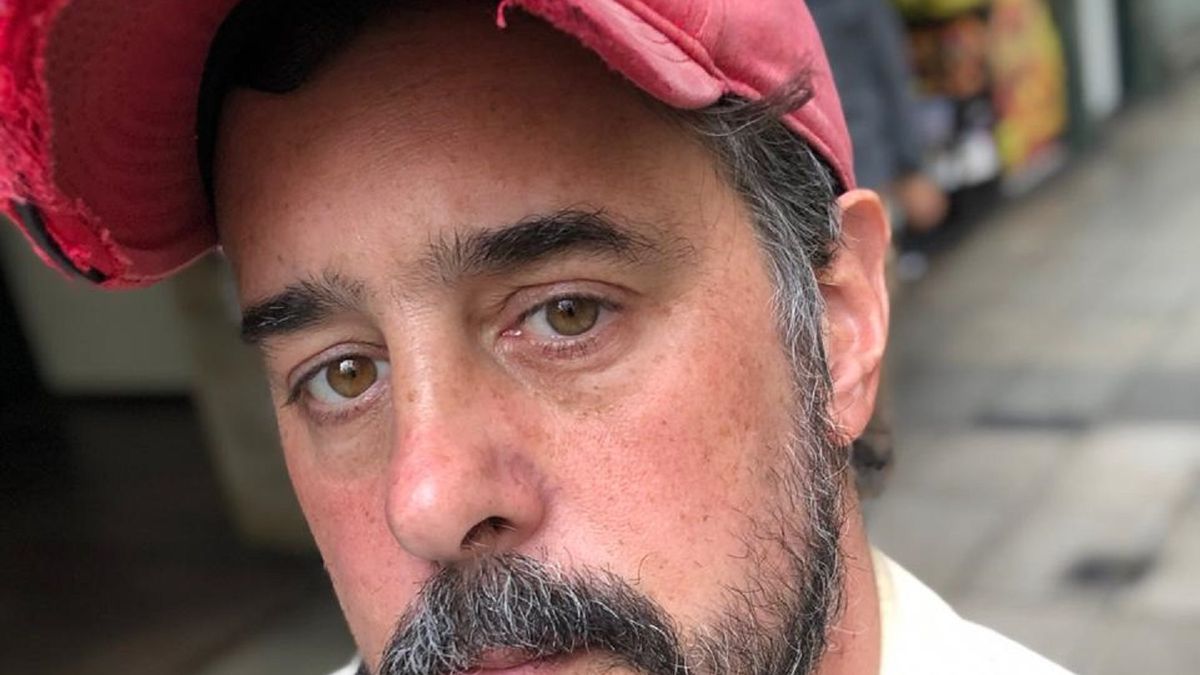Accompanying the existential journey of a woman, intimately, from within herself, following her family and generational universe, offers “Living in Marta” (Tusquets), new novel by Santiago Craigaward-winning author of his short story books “The storms”, “24 ways to fall in love”, “Animals” and his novel “Castles”We talked to him.
Santiago Craig: I wanted to tell the story of an entire life. The first thing I took into account was everything I was going to leave out, the blanks I wasn’t going to be able to fill. I was facing a challenge and an impossible task. At the beginning I didn’t know anything about the protagonist, and that was fine. The first details were associated with a woman, a name, Marta, Marta’s life. I felt that I was getting to know her as I progressed through her life. It wasn’t that I was going to tell the story of Marta. It was life in Marta, from that woman, inside that woman, from her. I read her life from her, in her.
SC: Marta mixes her voice, her perspective, what surrounds her, what happens to her. It was many years, a lot to write down, a lot to leave aside. I had to stop and understand how she sees things, the people around her, what she thinks, what matters to her and how she cares. And that had to interest her, and it had to interest me. Living life in Marta entertained me.
Q: Is the novel the document of a generation?
SC: “Life in Marta” begins in the late seventies, shortly before the return of Democracy, and ends a few years after these times we are living in. I imagine that period in a nebulous way. Writing accompanied the time I lived while writing, 2020, Covid, the last times. That is the arc of its story.
Q: There were events that she barely mentioned, interested in minor, intimate, everyday matters.
SG: One lives while things happen. One is a bit on the sidelines of events. To me, like Marta, like most people, small, close, intimate, daily things happen to me. Small life is infinite. I am used to living with that, to feeding off of that, to assuming that life is that, like Marta. One lives while big events happen, and they may or may not affect us. The big events, what appears in the newspapers, are contextual with respect to what happens to Marta.
Q: Did you choose for Marta to be a middle-class woman?
SC: I was interested in speaking from that place. Marta is situated in the middle. The things that happen to her have nothing to do with the rich who are sad or with the poor who are having a hard time, but with someone who is sometimes good and sometimes bad. Marta is from that middle class that today is a bit in retreat, changing, perhaps leaving.
Q: What authors were your references during those years?
SC: They varied. Surely everything I read during that time influenced me in some way, but broadly speaking I don’t see that anything of what I read is reflected in the novel. Of course, there are those that are inevitably present. I like novels that talk about the passage of time, that tell a life, which are the majority. There are Flaubert, Proust, Virginia Woolf. And also those that I always have on my mind like Cortázar or Beckett. If I had to name a work that was somehow important for “Vida en Marta” it would be that of the Norwegian Karl Ove Knausgard, for his extraordinary autobiography, in six volumes, “My Struggle”. I read it as soon as it began to be published in Spanish. I was impressed by how he tells his daily life in a meticulous, detailed way, linking his interiority with the scenarios he goes through. Some people find “My Struggle” extremely boring, others love it. I am among those who love it. And I think it influenced “Vida en Marta” in its way of telling everything.
Q: Do you also think there is something of Beckett?
SC: He is a master who works with what others throw away, what others discard, who looks where others do not look or who remains looking at a place from which others quickly leave.
Q: Why did you divide “Life in Martha” into four books in one volume?
SC: It was imposed on me. At first I thought I would follow a classic order: birth, youth, adulthood, old age. Then that became blurred and the four great leaps and ellipses of “Vida en Marta” appeared. Those books, those vital stages, were written in the order in which they are. At first there was a lot of material, I took out about two hundred pages and that is how the book that was finally published ended up.
Q: What am I leaving out?
SC: Episodes from Marta’s life that seemed dispensable or repetitive to me. The novel is very episodic. There were parts that ended up being stories. There was a stage when I wanted Marta’s life to be told from the perspective of other characters, so that she didn’t speak anymore. I did that for a while. When I reread the novel I realized that that had no place there. That’s gone, and it’s good that it’s gone, it wasn’t part of the book. These are things that, most of the time, are part of the writing process.
Q: One of the attractions of your novel is its rhythm and style.
SC: I started writing poetry. I build the story from the phrase, looking for its music, its punctuation. Then I polish it, changing it. I am not very aware of how it happens because in “Vida en Marta” the gaze is elsewhere, in Marta’s point of view, in which she points out what interests her, her sensations, her emotions, and that has its own rhythm.
Q: What are you writing now?
SC: Reviewing a book of short stories that I have finished, and started a new novel.
Source: Ambito
David William is a talented author who has made a name for himself in the world of writing. He is a professional author who writes on a wide range of topics, from general interest to opinion news. David is currently working as a writer at 24 hours worlds where he brings his unique perspective and in-depth research to his articles, making them both informative and engaging.




